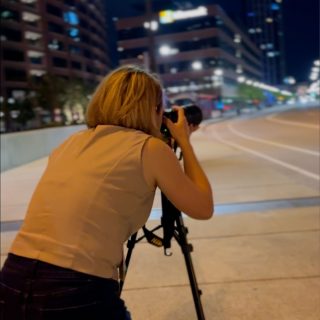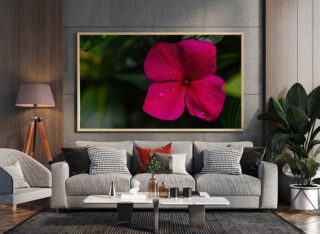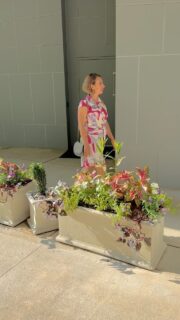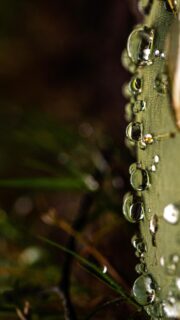The golden ratio in photography is essential for crafting compositions that feel balanced and pleasing to the eye. While photography is undoubtedly a creative endeavor, like any art form, it has its own set of guidelines. Even though the rule of thirds in photography and the golden ratio are sometimes disregarded to achieve avant-garde effects, it’s still important to understand them.
Golden Ratio in photography
The golden ratio rule is based on a mathematical principle discovered by Leonardo Fibonacci in the 13th century, where specific proportions that are pleasing to the human eye are found throughout nature. Since the Renaissance, artists have used this ratio to create balanced and aesthetically pleasing compositions. Essentially, it’s a rule that helps photographers create visually compelling images by following a specific aspect ratio 1:1.618.
The concept of the golden ratio in photography is visualized through the concepts: the Fibonacci Sequence and the Fibonacci Grid.
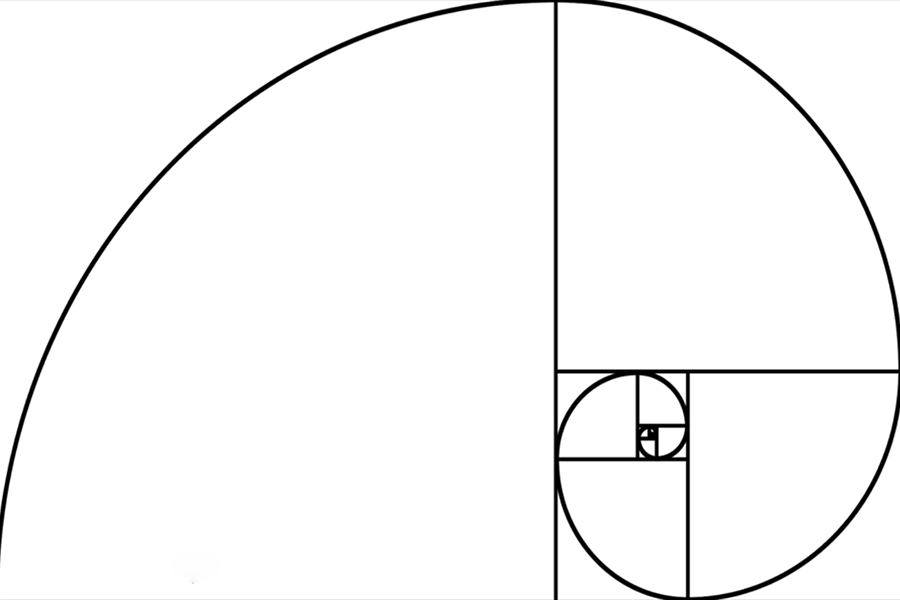
Incorporating a spiral when composing a frame enables you to achieve a harmonious composition where the viewer’s eye naturally flows through the photo.

The rule of thirds in photography
Essentially, the rule of thirds is a slightly simplified version of the golden ratio, in its classic form. It was first introduced in 1797. According to this rule, the frame is divided horizontally and vertically into thirds by imaginary lines, with key compositional elements placed at the intersections of these lines.
Applying this rule results in a more dynamic composition, conveying deeper meaning to the viewer and engaging them actively in the viewing process. While commonly used in still photography, the rule of thirds can be applied across various visual arts, including painting and cinematography.
The rule of thirds can also be used to create a sense of movement within the frame. Placing a subject off-center and allowing space for them to “move into” can create a more dynamic and compelling image.
To see this rule in practice, take a look at the following photographs.

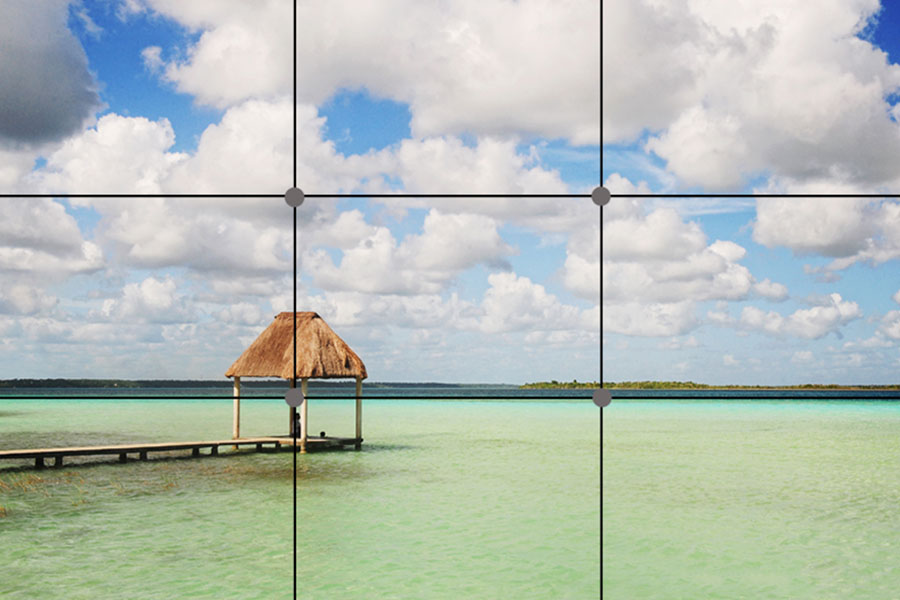

Numerous studies have shown that when people view a photograph, their eyes tend to naturally gravitate toward one of the intersection points rather than the center of the frame.
If you want to draw attention to a specific subject in your photo, it’s best to position it at one of these four points. To emphasize the foreground, align the horizon line with the top line of the grid (ratio 2:1), and conversely, if you aim to showcase a striking sky pattern, align the horizon with the bottom line of the grid.
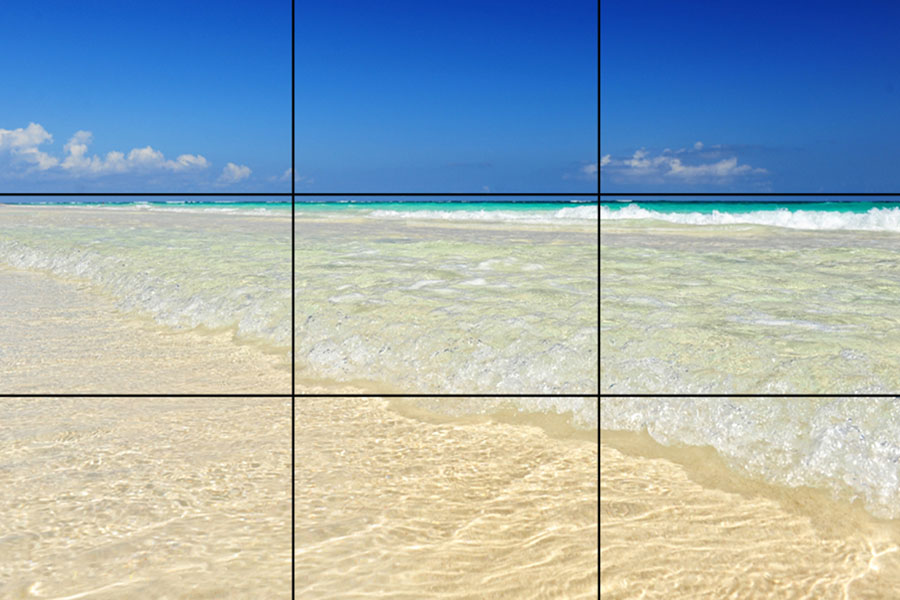
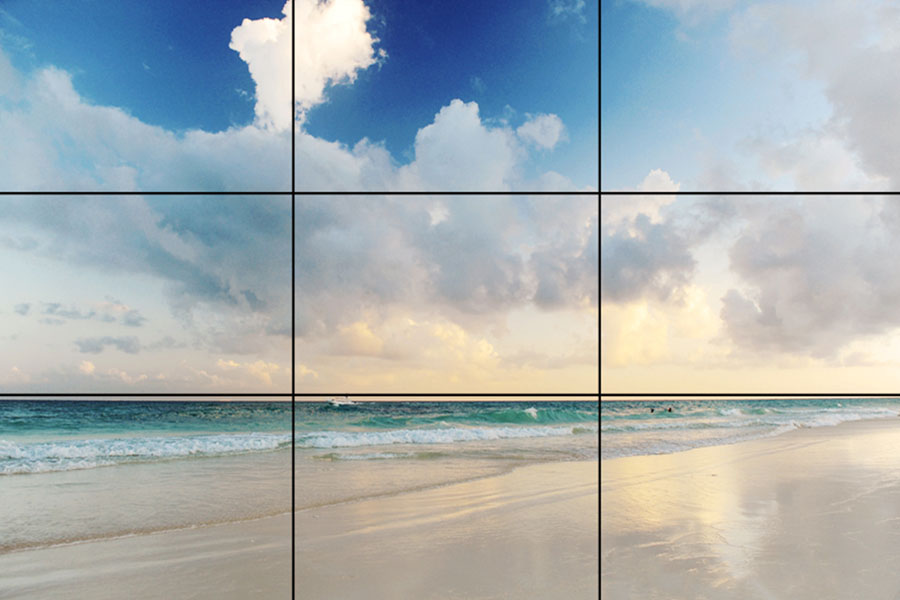
Most modern professional cameras feature a grid in their viewfinders, designed based on the rule of thirds principle. This grid significantly helps in focusing and ensuring the proper distribution of focal points in the frame. You can create balanced and visually appealing compositions by aligning key elements of the scene with the grid lines or their intersections. This feature is particularly useful in various genres of photography, including landscape, portrait, and street photography, where precise composition is essential for capturing compelling images. Moreover, the grid assists you in achieving a sense of symmetry and proportion in their compositions, enhancing the overall visual impact of your photos.
There’s a well-known saying: “Rules are made to be broken.” The rule of thirds in photography, is often disregarded to capture unique and captivating shots. I believe that breaking the rules can foster artistic growth, but it’s crucial to understand and master them before doing so.
*All pictures posted in this article were taken by Elena Sullivan founder of ArsVie Photo Studio. You cannot copy or share these images without permission from ArsVie Photo Studio.
Stay inspired,
Elena Sullivan
Sharing is caring
Elena
Hi, there! I'm Elena Sullivan! The founder of the ArsVie photo studio, trilingual photographer, online educator, woman in business cheerleader. Capturing life's moments with authenticity and elegance to inspire others. Passionate about helping businesses convey their message through compelling imagery.

